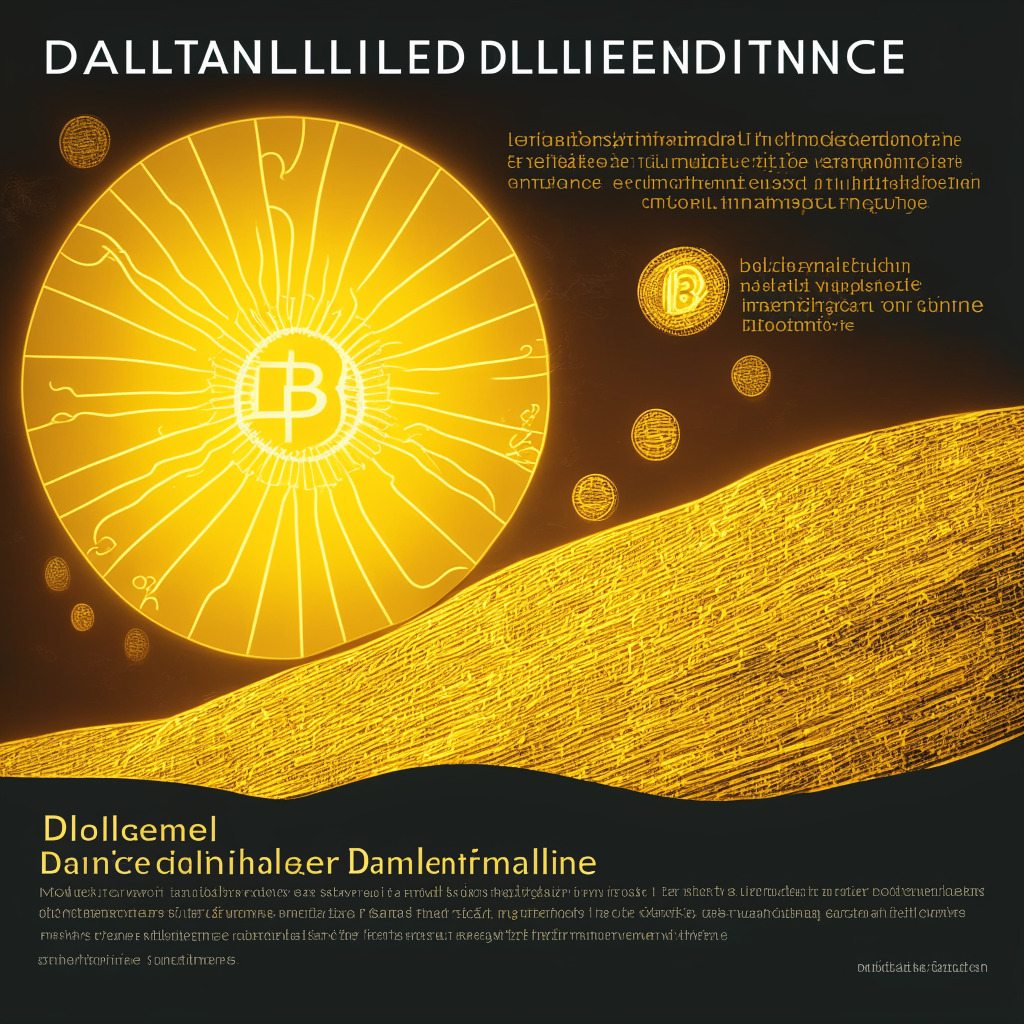As decentralized finance, often known as DeFi, matures, the concept of total value locked (TVL) — denoting the amount of money put into a specific protocol — is receiving significant recognition. Originally, TVL concentrated on cryptocurrencies and similar digital assets, but the scope has broadened to bring in tokenized real-world assets (RWA), hence offering a deeper comprehension of on-chain assets. These tokenized assets are typically stored within smart contracts on a blockchain network.
Historically, RWAs such as private equity investments, mortgages, and illiquid funds were not recorded on-chain, causing TVL to focus primarily on the value of digital assets deposited in DeFi protocols. However, with traditional financial institutions increasingly adopting blockchain technology, incorporating RWA within the TVL framework becomes relevant and essential. This incorporation is a logical step with DeFi’s continuous evolution and its growing inclusion of tokenized RWAs as part of TVL.
The ability for DeFi platforms to trade in tokenized forms of bonds, equity, debt, and other assets like gold, real estate, and art makes it more inviting for institutions and large-scale investors, who are critical for scaling. Integrating RWAs into the TVL metric is still in infancy, with around $300 billion locked on-chain. However, some blockchains, like Provenance Blockchain, with a total TVL of $9.3 billion, are notable for their emphasis on RWAs. More than $8.1 billion of Provenance Blockchain’s TVL comes from real-world financial assets such as home equity line of credit (HELOC) loans, private equity, and alternative asset funds.
As financial and insurance providers increasingly utilize tokenized RWA through blockchain-based solutions, the RWA TVL metric grows in value. It’s now an essential indicator for choosing the right blockchain platform for the tokenization of assets. In that process, several key factors come into play. For example, one would look for robust tooling for easy onboarding and lifecycle management of financial assets, compliance and privacy standards, and a system that meets security and scalability needs.
The most robust indicators are where the majority of tokenized financial assets currently are and where the momentum for RWA tokenization is happening. By assessing a blockchain’s current RWA TVL and its growth over time, an institution can make an informed decision about the best blockchain platform for tokenized RWA transactions.
While these changes are promising, there’s a challenge: RWA TVL data is not commonly available and rarely segmented by asset class, making it hard to determine the proportion comprising cryptocurrency assets versus real-world assets. Some blockchain platforms, like Provenance Blockchain, are taking the initiative to publish their TVL data by asset class. Moreover, some analytics firms, such as RWA.xyz, are working to make this data more transparent, especially for tokenized real-world assets.
As financial entities continue to adopt these innovations, RWA TVL is gradually becoming an essential tool for decision-making and institutional adoption. However, the lack of readily available, segmented datasets still poses a significant hurdle and can potentially slow down this promising trend.
Source: Coindesk




